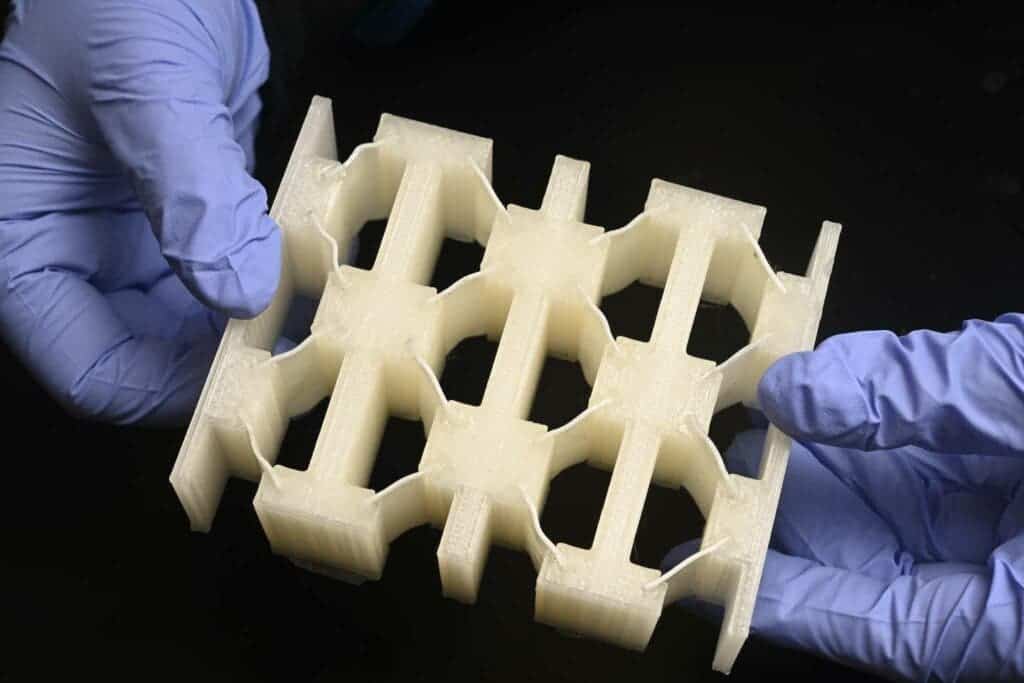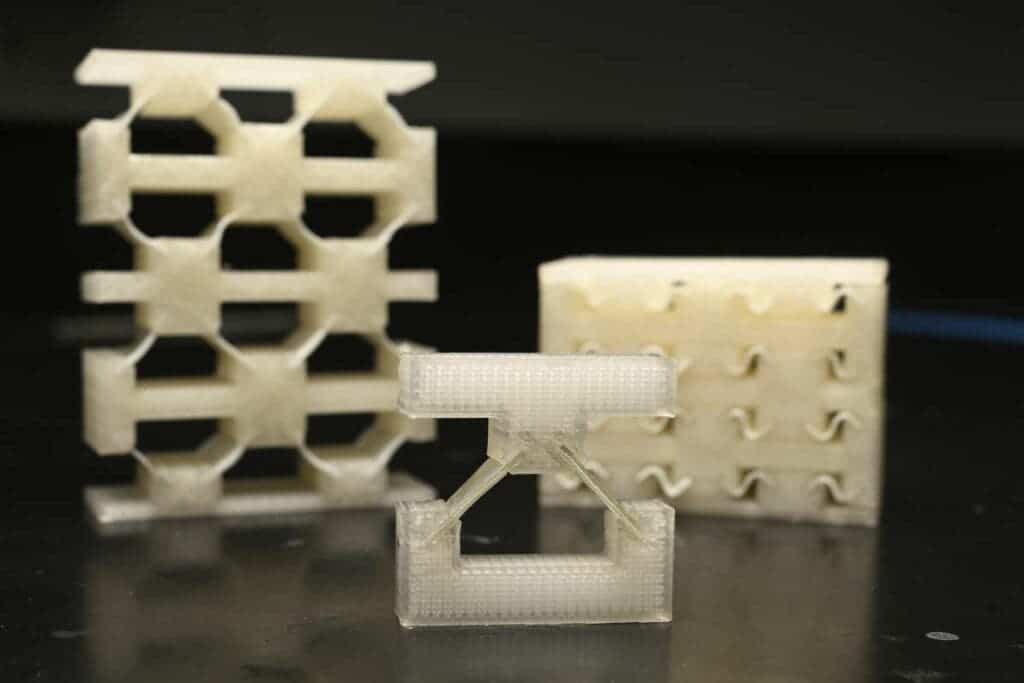Scientists at Johns Hopkins University may have invented the perfect material for protective gear. They’ve devised a new material that is strong and sturdy like metal, but is super lightweight like foam. The material performed very well in preliminary tests, which suggests it could be a real game-changer for the automobile and aerospace industries, as well as the military that could use it to fashion lighter body armor and helmets.

“We are excited about our findings on the extreme energy absorption capability of the new material,” said senior author Sung Hoon Kang, an assistant professor of mechanical engineering. “The material offers more protection from a wide range of impacts, but being lighter could reduce fuel consumption and the environmental impact of vehicles while being more comfortable for protective gear wearers.”
Car bumpers aren’t very good at protecting your vehicle past a certain velocity, and most of the time they’re not really reusable once they crack. Looking to design the next generation of energy-absorbing protective gear, Kang and colleagues turned to liquid crystal elastomers (LCEs).
The slightly cross-linked liquid crystalline polymer networks combine the elasticity of a rubbery material with the self-organization of liquid crystals. LCEs have good actuation properties, which is why we’ve mostly seen them used in artificial muscles and microrobots.
For their new study, the researchers sandwiched tilted beams of LCE between two stiff materials for support. This structure was repeated many times to create multiple layers, allowing the material to buckle at different rates on impact, resulting in more efficient energy dissipation.

During experiments, the researchers struck LCE structures of various configurations and shapes with objects ranging in mass from 2 to 7 kg (4 and 15 pounds) at speeds of up to 35 km/h (22 mph). The material held up remarkably well, and the more layers it had, the better its shock-absorbing properties. For instance, a four-layer LCE structure had almost double the energy absorption density of a single-layer one.
While the velocity of the tested objects is quite low compared to, for example, the speed of a car hitting your rear bumper, the authors claim that the LCEs should be able to withstand higher kinetic energies. That’s something that needs to be tested in the future, but the fact that this material is so lightweight is already appealing.
The researchers are now working with a private company with experience in its industry to design and test protective gear for athletes and the military using these LCEs.
The findings appeared in the journal Advanced Materials.









